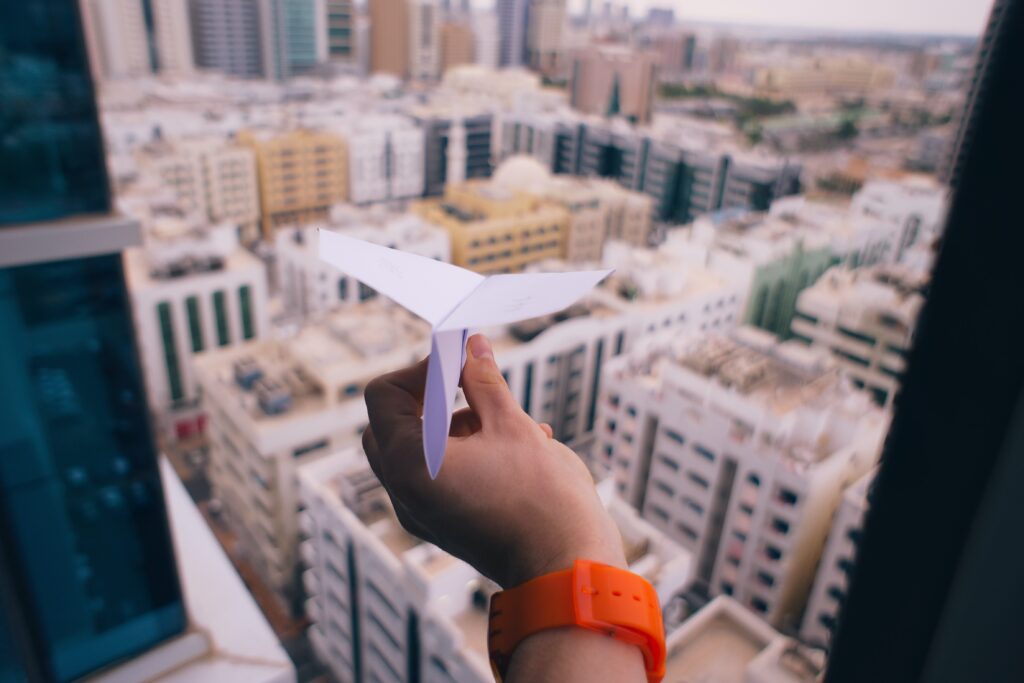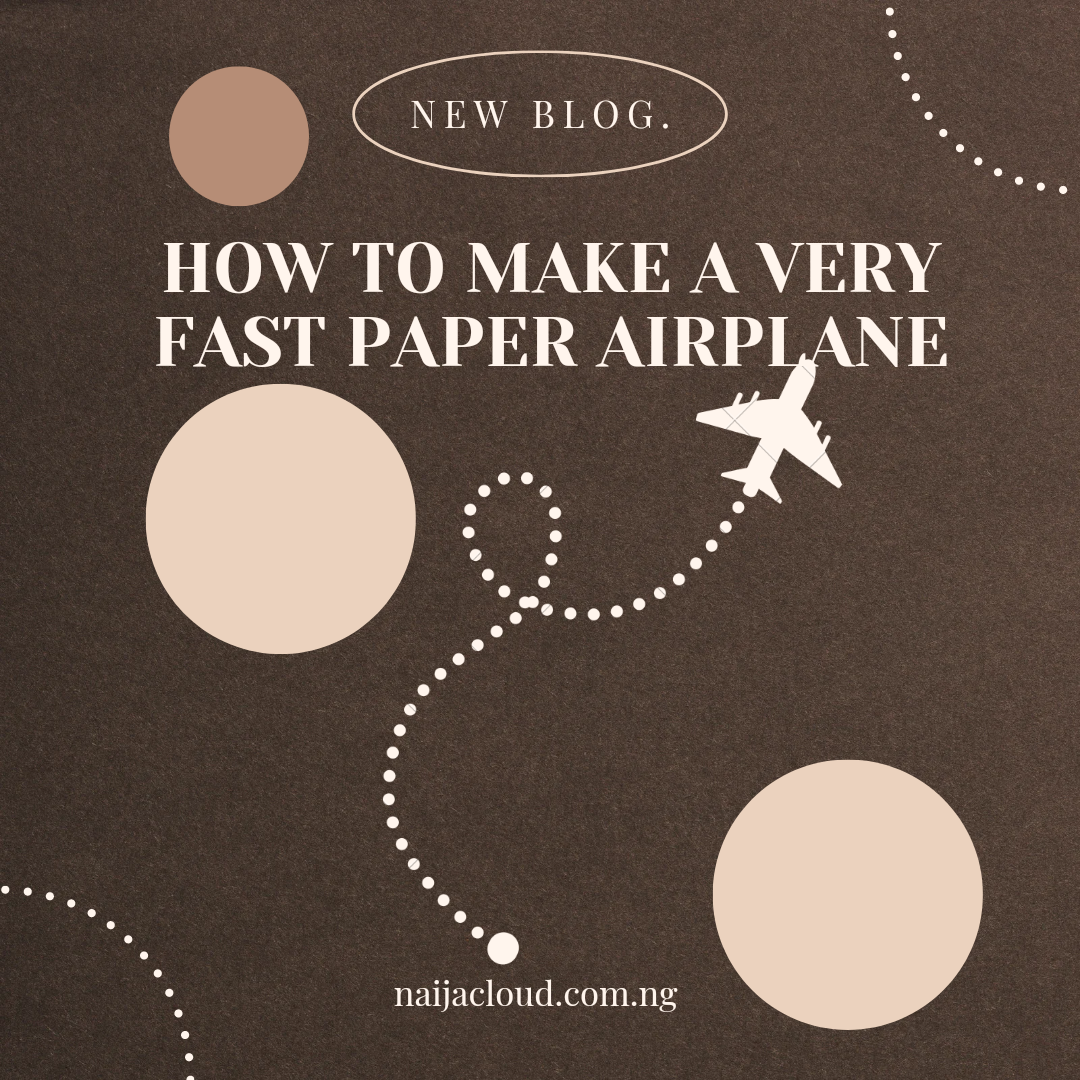How To Make A Very Fast Paper Airplane; I’m sure you know that the faster the paper airplane flies, the more fun it is to throw and watch it fly, right?
There are many different things you can do to make your paper airplane go faster, but not all of them are going to work in all conditions.

If you want to know how to make a very fast paper airplane that will fly straight and far, try these five simple steps out and see what happens.
1) Choose your plane
If you want to play it safe and make a plane that will fly well under most conditions, choose an airfoil with a reasonably flat lower surface.
For example, we flew a lot of paper airplanes made with standard printer paper (81⁄2 x 11) that had fairly flat lower surfaces.
It’s just not worth your time to mess around with tons of different shapes to come up with one that flies especially well if you are looking for something simple and easy to throw together.
If you want to get fancy, though, there are a few other things you can do to help make sure your plane will fly great:
Check to see if it has dihedral wings.
This is when both wings bend upward at about a 45-degree angle from horizontal; having some dihedral makes it easier for planes to stay level during flight because they have built-in stability.
2) Cut it out
The first step is to draw out your airplane on some paper and then cut it out. While you can use plain old printer paper, it’s preferable that you use thin, glossy photo paper instead. It will be easier to fold and lighter than regular paper too.
The thinner it is, the faster your plane will go.
In order to make a very fast paper airplane, your plane needs to have aerodynamic qualities. This means a curved wing rather than one that’s flat.
The shape of your wings should resemble an M or W and be as thin as possible while still being sturdy enough to handle flight. For example, some people prefer using an X-Acto knife to cut out their wings instead of scissors because it gives them more control over how thin they can make them.
The body of your plane is going to determine a lot about its aerodynamics.
The most important thing here is that you need a fuselage—this is what’s going to give your plane its stability in flight.
3) Fold it together
Before you start folding, look at what is available to you. The speed and aerodynamics of your plane will depend on what you have to work with.
But it can be done with a single sheet of printer paper and some tape. It’s time to put your origami skills to work.

As you fold, take care to make clean corners the flatter they are, the better it will fly.
Once you’ve folded your paper into a triangle, you can tape or glue it together.
You’re ready to launch.
4) Test fly your new plane
Test fly your new plane. If you followed our directions and assembled your airplane properly, it should fly great.
For best results, wait until you have a nice day with minimal wind and no precipitation (it wouldn’t be very responsible to recommend someone to test fly an airplane that they’ve built out of paper).
Be sure to measure how far your plane flies, too.
It’s not a competition; you just want to make sure that your airplane is as fast and stable as possible.
5) Repeat steps 1–4
The first three steps work together to ensure that you will have a fast plane.
The key is to practice, practice, practice until you get everything just right. The final step of paper airplane folding is all about gluing on your plane and throwing it as far as possible.
Don’t forget about both planes, they should fly just as well (if not better) than their non-folded counterparts. There’s really no sense in saving them once they are glued together and fully assembled.
Conclusion
There you have it, five easy steps to making a very fast paper aeroplane. The most important takeaway here is that speed isn’t everything although it certainly helps, It’s best to remember that your goal isn’t just to build an aeroplane that flies fast; your goal is to build an aeroplane that has all of these qualities: strong enough to fly, light enough not to break itself or any others, and aerodynamic enough to remain on track and out of trouble.










